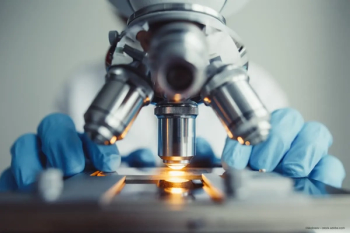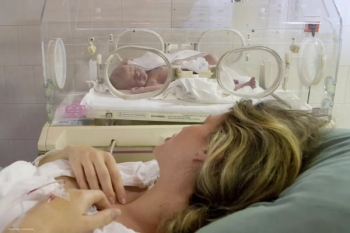
Topical cocaine can treat ABMD
Cocaine-assisted epithelial debridement is a simple and inexpensive treatment method for symptomatic anterior basement membrane dystrophy (ABMD) patients, reveals the latest study in the journal Cornea.
Cocaine-assisted epithelial debridement is a simple and inexpensive treatment method for symptomatic anterior basement membrane dystrophy (ABMD) patients, reveals the latest study in the journal Cornea.
Dr Rony R. Sayegh et al., Department of Ophthalmology and Visual Sciences, University of Maryland School of Medicine, Baltimore, Maryland, USA, conducted a retrospective chart review on 33 eyes of 27 symptomatic patients with ABMD who were treated with 4% topical cocaine followed by epithelial debridement.
The main outcome measures included preoperative and postoperative best-corrected visual acuities (BCVA), topography, subjective symptoms, complications and evidence of disease recurrence.
Recurrent erosion symptoms were present in 17 eyes of 14 patients (group 1) and 16 eyes of 13 patients (group 2) experienced reduced visual acuity from irregular astigmatism.
Group 1 presented with one patient who experienced symptomatic recurrence of the corneal erosion. In group 2 one patient experienced significant postoperative corneal haze. BCVA in group 1 improved from an average of 20/45 preoperatively to 20/38 at the last follow-up visit and 20/63 to 20/32 in group 2.
The treatment is ideal for ABMD patients who experience recurrent corneal erosions or irregular astigmatism, causing decreased visual acuity.
Please click
Newsletter
Get the essential updates shaping the future of pharma manufacturing and compliance—subscribe today to Pharmaceutical Technology and never miss a breakthrough.












































